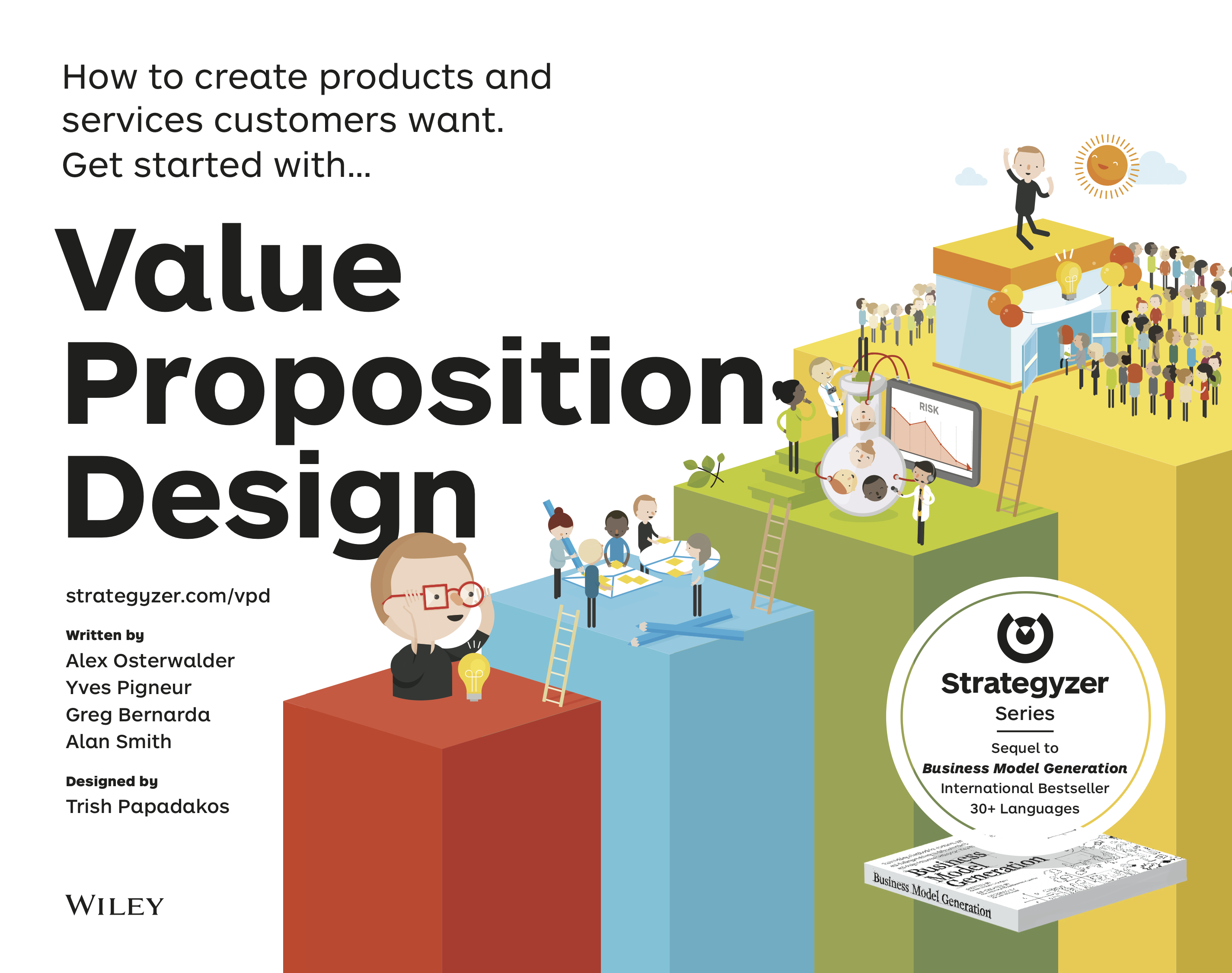Compliance management in multi-actors contexts
Friday, May 1st, 2009Bonazzi, R., Pigneur, Y. (2008) Compliance Management in Multi-actors Contexts. Proc. Intl Workshop on Governance, Risk and Compliance (GRCIS), An ancillary meeting of CAISE 2009
The main contribution of this paper lays in the idea of considering regulatory compliance management as a specific situation, where risks to mitigate are sometimes opportunities and where ambiguous and constantly changing requirements come from different stakeholders. We designed a solution and developed an artifact, which supports different users (namely business managers, compliance officers, and responsible of the Enterprise information system) achieving a shared agreement concerning the alignment between regulations and their information system. We will present how we are planning the test our solution in an enterprise by means of three scenarios.
(pdf)




